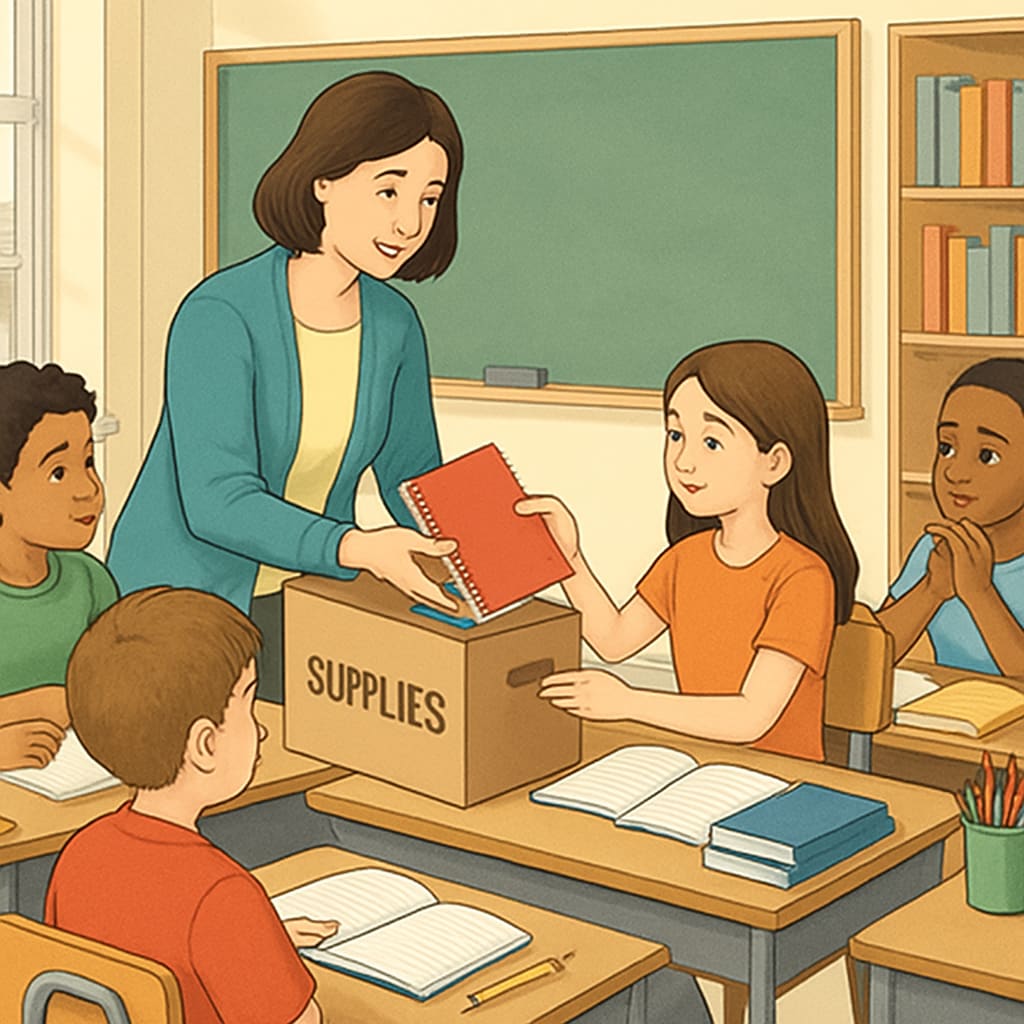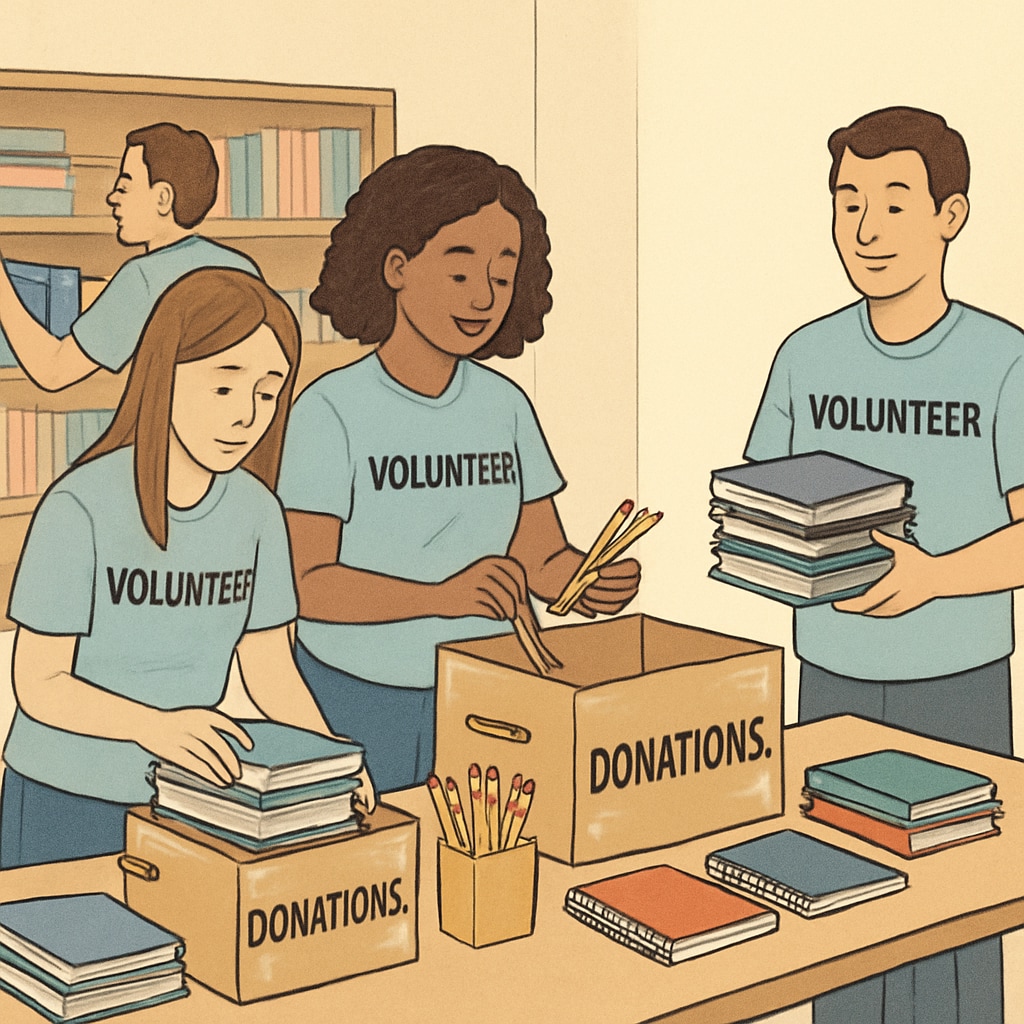In today’s world, educational inequality remains a significant challenge. Many teachers go above and beyond their responsibilities, often spending their own money to purchase vital classroom supplies. Supporting teachers, donations, and classroom supplies are not just acts of kindness—they are investments in the future. By providing the necessary resources, we can ensure that all children, regardless of their socioeconomic background, have the tools they need to thrive. This article explores the importance of classroom supply donations and offers practical ways to contribute to this meaningful cause.
The Reality: Teachers Filling the Gaps
Did you know that an overwhelming number of teachers use their personal funds to supply their classrooms? According to a report by Education Week, teachers in underfunded schools often spend hundreds of dollars annually to ensure their students have basic learning materials. These purchases range from pencils and notebooks to art supplies and even hygiene products. This financial burden is particularly prevalent in schools located in low-income areas, where families may struggle to provide these items themselves. As a result, the responsibility often falls on educators, who are already working tirelessly to shape the minds of the next generation.
While the dedication of these teachers is admirable, it points to a deeper systemic issue—one that can be alleviated through collective action. By donating classroom supplies, individuals and organizations can directly relieve this burden and help create a more equitable learning environment.

Why Classroom Supply Donations Matter
Donating classroom supplies goes beyond supporting teachers; it directly impacts students’ learning experiences. When children have access to necessary resources, they are better equipped to engage in lessons, complete assignments, and develop critical skills. On the other hand, a lack of supplies can lead to frustration, disengagement, and missed opportunities for growth.
For example, a student without access to a calculator may struggle in math, while inadequate art supplies could stifle creativity in an aspiring young artist. These gaps in resources can exacerbate educational disparities, making it harder for children from disadvantaged backgrounds to reach their full potential. By stepping in to bridge these gaps, donors can play a pivotal role in leveling the playing field for all students.
How You Can Make a Difference
Getting involved in classroom supply donations is easier than you might think. Here are some practical steps to take:
- Partner with local schools: Reach out to schools in your community to inquire about their specific needs. Many schools maintain wish lists for supplies like books, stationery, and technology.
- Support donation programs: Numerous organizations, such as DonorsChoose, connect donors with classrooms in need. These platforms allow you to contribute directly to specific projects or supply requests.
- Organize supply drives: Collaborate with friends, colleagues, or community groups to collect and distribute supplies. This is a great way to maximize impact while fostering community spirit.
- Donate funds: If you prefer not to shop for supplies, monetary donations can be equally effective. Schools and teachers can use these funds to purchase exactly what they need.
Every contribution, no matter how small, can make a significant difference. Even a single pack of pencils can empower a class of students to complete their assignments with confidence.

Spreading Awareness and Building a Movement
In addition to donating supplies, spreading awareness about this issue is crucial. Share information about classroom supply shortages with your network, and encourage others to get involved. Social media platforms are particularly effective for amplifying this message and inspiring collective action.
Moreover, advocating for systemic change is essential. While donations address immediate needs, long-term solutions require policy changes to ensure equitable funding for all schools. By combining grassroots efforts with broader advocacy, we can create a sustainable model for supporting education.
As a society, we must recognize that education is a shared responsibility. Every child deserves access to quality learning opportunities, and every teacher deserves the resources to do their job effectively. By investing in classroom supplies, we are investing in the future of our communities and our world.
Take the first step today—support teachers, donate supplies, and help build a brighter future for the next generation.


